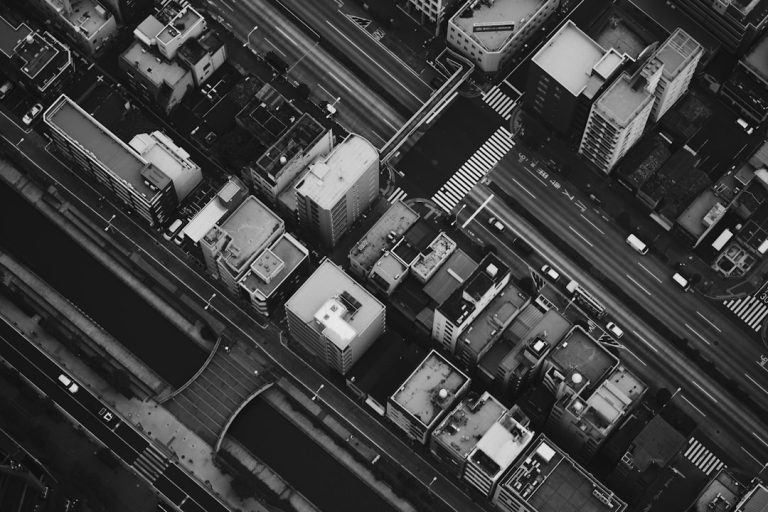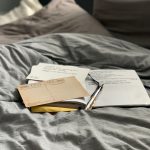How I Use the “Eat the Frog” Method for My Most Important Tasks
In the relentless current of daily demands, it’s easy to feel swept away. Emails pile up, meetings proliferate, and the truly significant work—the tasks that move the needle—often get pushed to the end of the day, or worse, to tomorrow. For years, I wrestled with this challenge, feeling like I was constantly busy but rarely productive. That changed when I embraced a simple yet profoundly effective strategy: the “Eat the Frog” method. It’s not just a productivity hack; for me, it’s a foundational philosophy that dictates how I approach my most critical work. This isn’t about generic advice; it’s about my personal journey and the specific ways I’ve integrated this powerful concept into my daily routine to conquer my biggest challenges first.
My Morning Ritual: Unearthing the Day’s Biggest Frog
For me, the “Eat the Frog” method isn’t just about doing a hard task; it’s about doing the *right* hard task, and doing it early. My day truly begins the evening before, or at the very latest, the first thing in the morning, with a specific ritual designed to identify my “frog.” I don’t just glance at my to-do list; I actively interrogate it.
Scanning the Landscape: What Constitutes My “Frog”?
My “frog” is never just any difficult task. It’s the one task that, if completed, would have the most positive impact on my long-term goals, or the one that, if left undone, would create the most significant negative consequences. It’s often the task I’m most likely to procrastinate on, the one that requires the most mental energy or creative thinking. I ask myself:
- What is the single most important thing I need to accomplish today to feel truly productive?
- Which task, if completed, would make everything else easier or unnecessary?
- What is the task I’m dreading the most because of its complexity or perceived difficulty?
By asking these questions, I cut through the noise of smaller, urgent but less important tasks. This isn’t about clearing my inbox; it’s about building something meaningful. For example, my frog might be drafting a complex client proposal, outlining a new blog post like this one, or tackling a challenging coding problem that’s been lingering. It’s rarely administrative busywork.
My “Frog Pond” Review: Tools for Clarity
I use a combination of digital and analog tools to help me visualize my tasks and pinpoint the frog. I maintain a master project list in a digital task manager, but each morning, I transfer the day’s potential frogs onto a simple notepad. This physical act of writing helps solidify my commitment. I often use a modified Brian Tracy’s original concept of prioritizing, categorizing tasks by impact and effort. My goal is to find the task with high impact and high (or even medium) effort that I would typically put off.
Confronting the Slimy Beast: My Strategy for Tackling the “Frog”
Once my frog is identified, the next phase is about execution. This isn’t just about willpower; it’s about creating an environment and a mindset that makes tackling that difficult task inevitable. My strategy involves minimizing distractions, setting clear boundaries, and leveraging my peak energy hours.

Creating My “Frog-Eating” Environment
My first step is to eliminate all potential distractions. This means:
- Digital Detox: My phone goes into “Do Not Disturb” mode, often in another room. All unnecessary browser tabs are closed. Email and chat applications remain shut. This is non-negotiable.
- Physical Space: My desk is tidy, with only the essentials needed for the frog task. A clean physical space translates to a clearer mental space for me.
- Time Blocking: I immediately block out 90-120 minutes in my calendar for “Frog Time.” This isn’t just a suggestion; it’s a hard appointment with myself. I treat it with the same respect as a client meeting. This period is dedicated solely to the frog, without interruption. I’ve found that effective time blocking is key here.
This dedicated block of time, free from interruptions, allows me to engage in what Cal Newport calls “Deep Work”—focused, uninterrupted concentration on a single, demanding task. It’s during these hours that I make significant progress on projects that truly matter.
The First Bite: Just Starting
Often, the biggest hurdle isn’t the task itself, but the inertia of starting. I’ve learned to break down my frog into the smallest possible “first bite.” If my frog is “write a detailed project proposal,” the first bite might be “open the document and write the title” or “list three key sections.” This initial, low-friction step tricks my brain into overcoming the activation energy. Once that first sentence is on the page, or the first line of code is written, momentum often takes over.
The Ripple Effect: How Eating My Frog Transforms My Entire Day
The beauty of the “Eat the Frog” method, as I’ve experienced it, extends far beyond the completion of a single task. It creates a powerful positive feedback loop that elevates my entire day, impacting my mood, focus, and overall productivity.
A Surge of Accomplishment and Momentum
There’s an undeniable sense of accomplishment that washes over me once the frog is eaten. It’s not just checking a box; it’s knowing I’ve tackled the most challenging, most impactful item on my list before the day has truly begun for many others. This feeling of early victory is incredibly motivating. It fuels the rest of my day, making subsequent tasks feel lighter and more manageable. The mental burden of that looming, difficult task is gone, freeing up cognitive resources for other activities.
Enhanced Focus and Reduced Procrastination
By front-loading my day with the most important task, I find that my focus for the rest of the day is sharpened. I’m less prone to distractions because I’ve already invested my prime mental energy into something significant. It also drastically reduces my tendency to procrastinate. When the biggest hurdle is cleared, the smaller obstacles seem trivial. It’s a preventative measure against the creeping dread that often accompanies a difficult task left for later. This strategy has been a game-changer for overcoming procrastination in my workflow.
When the Frog Jumps Back: Adapting My Approach to Obstacles
While the “Eat the Frog” method is incredibly effective, life isn’t always predictable. There are days when the frog seems to jump back into the pond, or new, even bigger frogs emerge unexpectedly. My adaptability is crucial here.
Handling Unexpected Interruptions
Sometimes, an urgent client request or an unforeseen crisis demands immediate attention, disrupting my planned “Frog Time.” When this happens, I don’t abandon the frog entirely. Instead, I quickly assess the new interruption: is it a genuine emergency, or can it wait? If it truly cannot wait, I address it swiftly, then immediately re-evaluate my schedule to find the next available block for my frog. It might mean shifting my frog to later in the morning, or even splitting it into smaller, more manageable chunks if necessary. The key is to acknowledge the interruption, deal with it, and then explicitly re-commit to the frog.
The “Smaller Frog” Days
There are also days when my energy levels are lower, or the sheer magnitude of my identified frog feels insurmountable. On these days, I allow myself to “eat a smaller frog.” This doesn’t mean choosing an easy task, but rather breaking down the giant frog into a truly tiny, actionable component. For instance, if the frog is “write an entire annual report,” a smaller frog might be “create the table of contents” or “research one key data point.” The goal is always to make *some* progress on the most important thing, no matter how small, to maintain momentum and prevent total stagnation. It’s about being pragmatic without losing sight of the ultimate goal.
Beyond the First Bite: Sustaining Momentum After the Frog is Gone
Successfully eating the frog is a fantastic start, but it’s just that—a start. My process extends beyond that initial victory to ensure the rest of my day remains productive and aligned with my broader objectives. It’s about building a mastering daily focus habit.
Riding the Wave of Accomplishment
Once the frog is consumed, I use the momentum to tackle the next few important, but perhaps less daunting, tasks. These are often tasks that build upon the frog, or are closely related. For example, if my frog was drafting a proposal, my next tasks might be reviewing supporting documents or scheduling a follow-up meeting related to that proposal. This keeps me in a productive flow state, capitalizing on the high energy and focus generated by the frog’s completion.
The Mid-Day Review and Refocus
Around lunchtime, I take a quick 1


